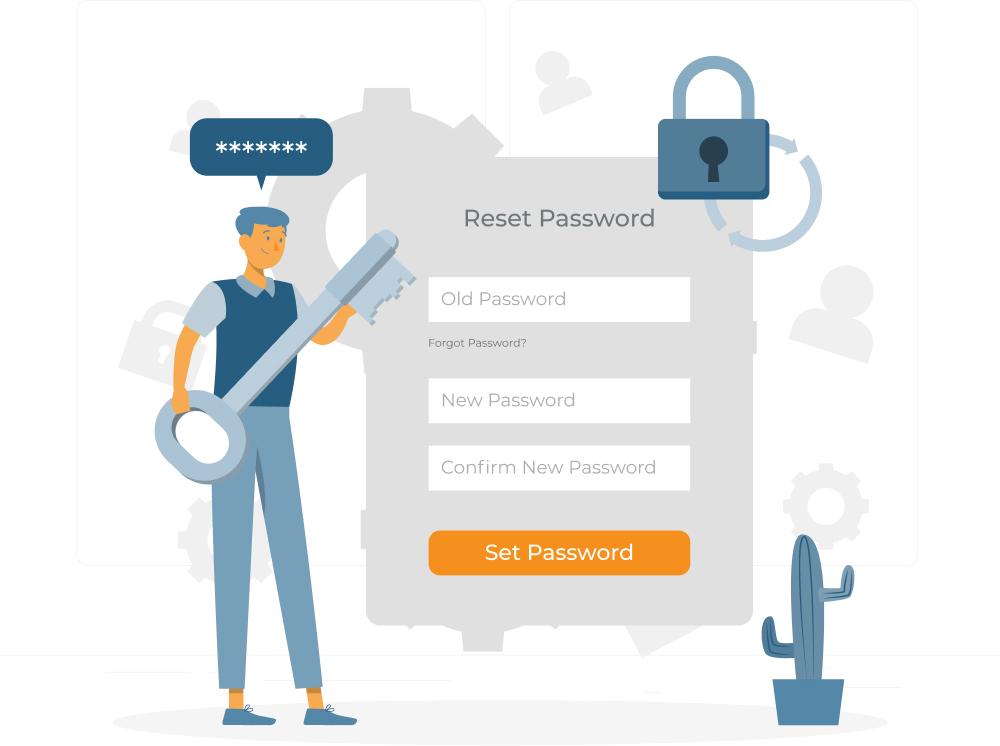Your CV is the first impression a company gets of you, and it needs to make an impact. That’s a lot to ask for a single document, and figuring out what to include, what to leave out, and how to structure it is difficult for any candidate. Fortunately, recruiters and hiring managers understand that a CV is only the opening paragraph of your story. Keep the following things in mind to optimise your CV to get you that face to face interview:
Layout
Keep your CV clean, legible, and straight to the point. This will help the recruiter pick out key information about you. Remember that your CV will not be the only one they’re looking at, so make it skim-friendly.
Layout depends on the job you’re applying for. If you’re going for a creative position, such as a graphic designer, it would make sense to have a creative CV – however, don’t sacrifice legibility for creativity. Bear in mind that your CV needs to be two pages at most, and the shorter it is, the greater the chance it will be read.

Information to include:
Personal information
It’s obvious, but you would be surprised. Make sure to include your name, surname, mobile number, and email address. This is how the company will be contacting you for an interview so put it right at the top where it will be easily found.
Personal statement
Opinions differ on whether you should have one or not, however, we feel having a brief explanation of who you are and what your strengths are can help individualise your CV from the slush-pile. Here’s an example:
As an experienced marketing manager, my proactive and go-getter approach contributed towards significant growth for the brand I currently work for. My strong communication skills allow me to communicate the brand’s messages in a way that our target market listens and reacts. After six years in marketing, I am currently seeking a new challenge which will utilise my analytical skills and friendly, professional manner.

Work experience
This is the most important section because the company will want to know the background you’re coming from and your probable skill set. Include the job title, the name of the organisation you worked for, the time spent on the job, and, most importantly, your main responsibilities within that post. Underline the experience and skills you gained from your time within the job and link them to the role you’re applying for. This way they can quickly see if you would be of value to their company.
Education
This varies depending on where you are in your career. If you are applying for your first job, and your education is the majority of your experience, then delve into more detail and show what skills and qualifications your education has given you. However, if you’ve been working for a while, show your latest qualification. If you’ve reached a tertiary level of education, it is enough to mention that because it shows you have gone through all the previous steps. Keeping things short and sweet is always better.
Interests & Extracurriculars
This section is a little more about your personal self, so highlight those things that really contribute to who you are. If you like sport, or travelling, put that in there – just keep in mind that you should focus on interests and activities that have contributed, or contribute, to your personal development and therefore will give you an edge for the job you’re applying for. If you don’t have something valuable to say, just omit it. Other information, such as awards or gaps in your career, should also be mentioned here.
Next read: How to Prepare for a Job Interview

